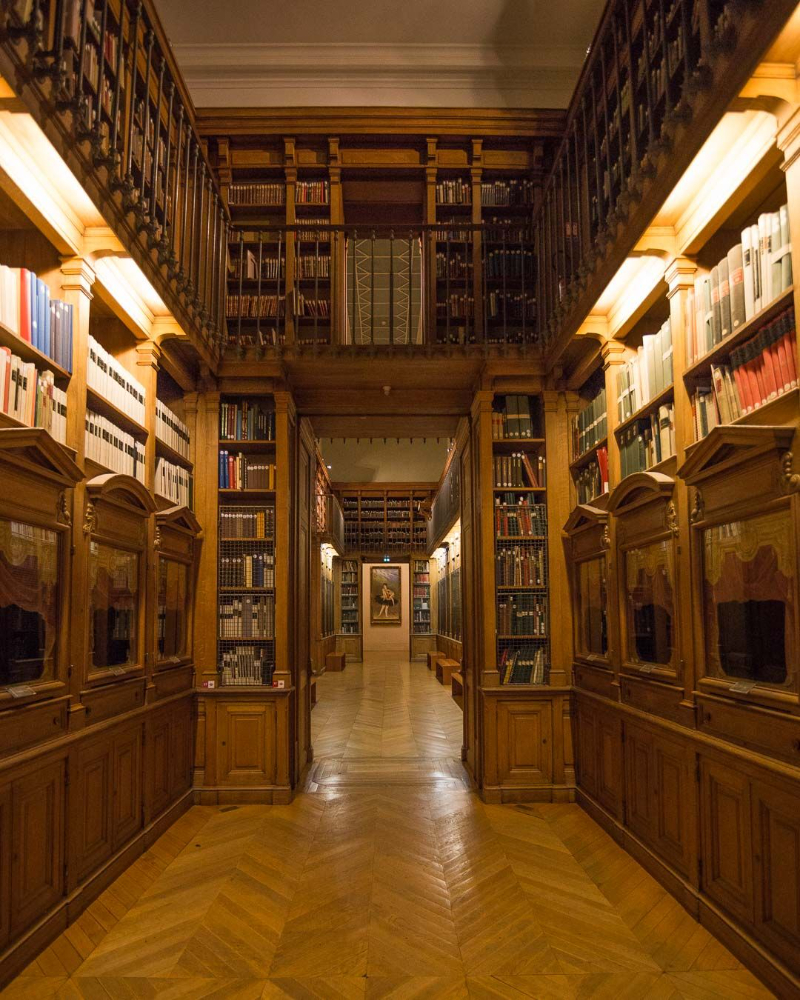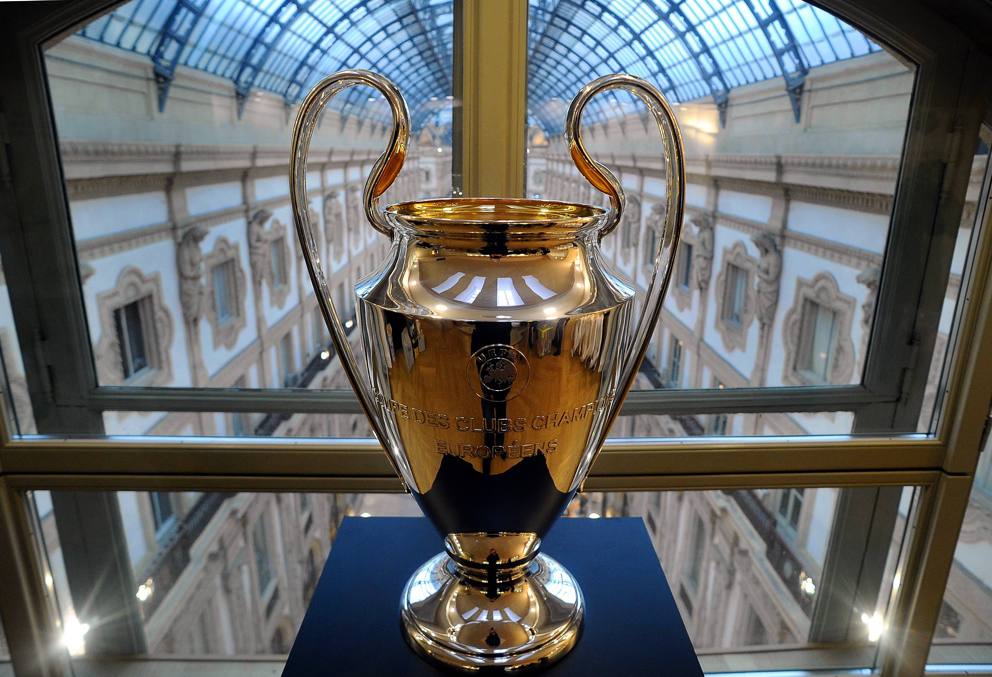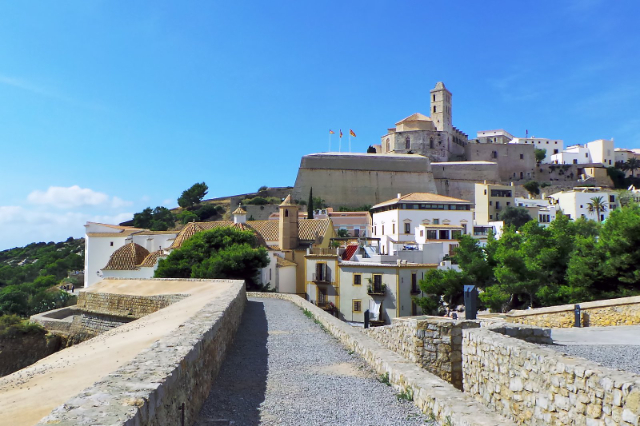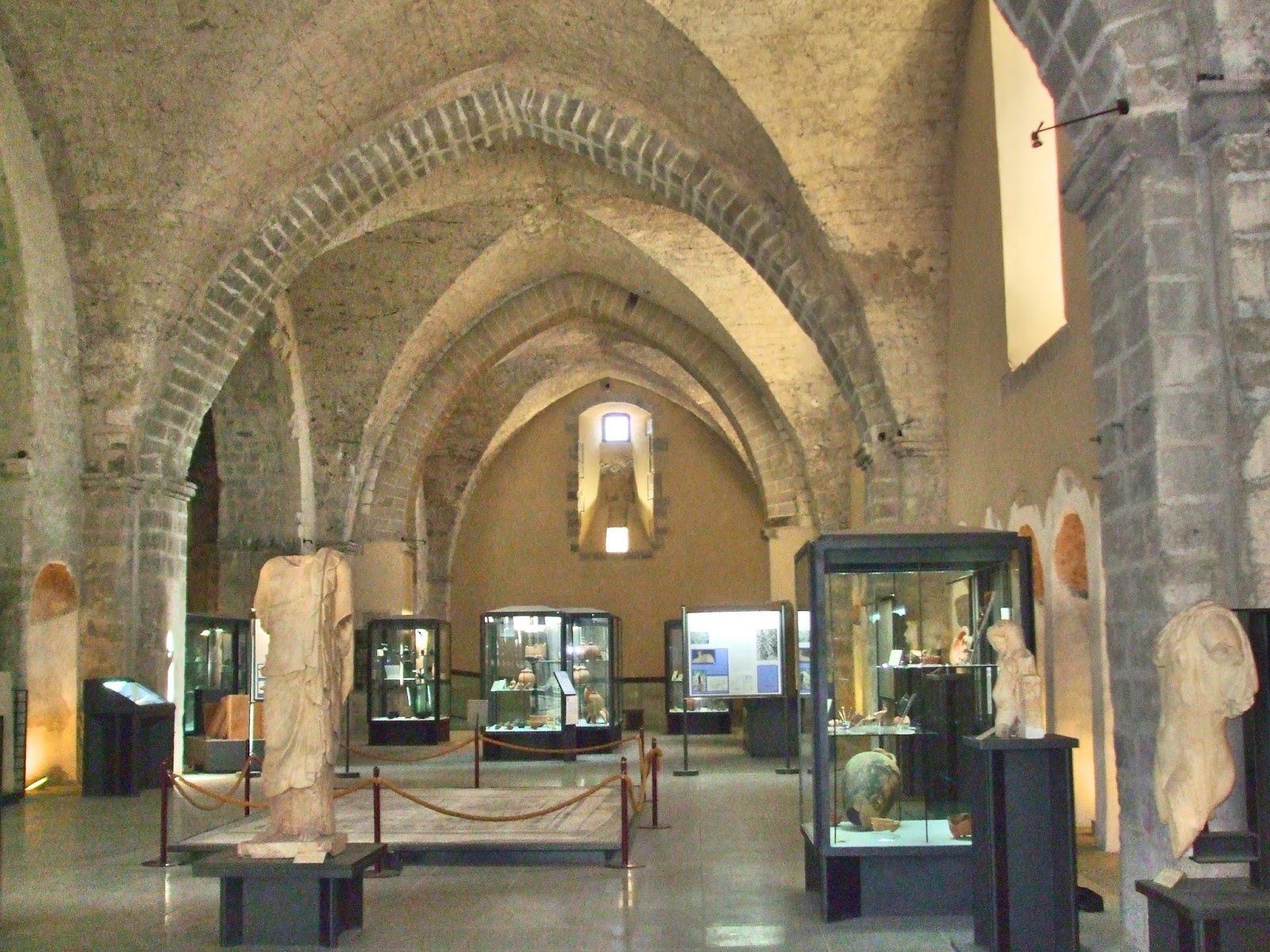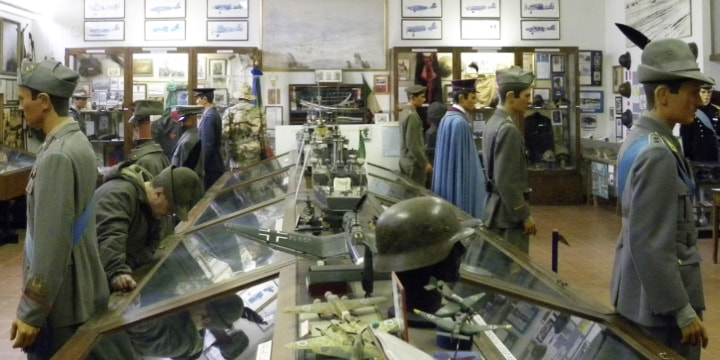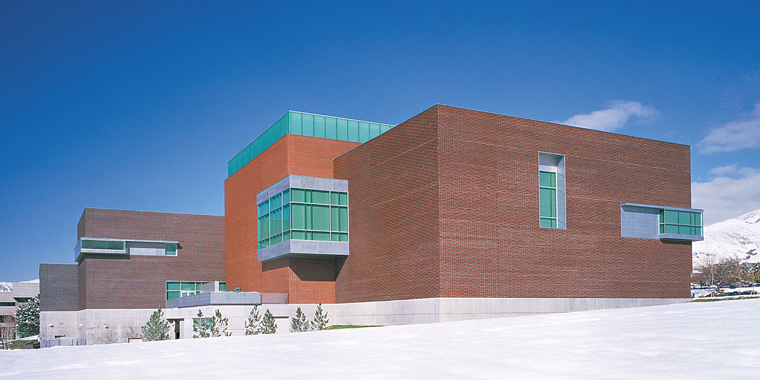The Opera Library & Museum was attached to the National Library in 1935. Its origins are the Opera library and archives created in 1866 and the Opera museum which opened to the public in 1881. The current layout of the Opera Library and Museum goes back to1991.
The Library-Museum is housed in the Palais Garnier in the Rotonde de l’Empereur, a pavilion on the west side of the theatre, which was originally designed to be the private entrance for Emperor Napoleon III. Thus, the Emperor’s could directly enter in the building and avoid any assassination attempt.
From the time of the creation of the Paris Opera in 1669 until the middle of the 19th century there was no official entity in charge of the preservation and management of archival materials produced by the activities of the Opera and its associated theatre.
The collections of the Library-Museum of the Opera (National Library of France) have kept the memory of the theater for three centuries. The gallery of the museum presents permanently, paintings, drawings, photographs and models of decors in volume. After the fall of the Empire, the premises were never completed: in the staircase that leads to the temporary exhibition hall, remains the massive apparatus of blocks of stones as it was in 1870. Access to the reading room, installed in the rotunda of the emperor, is reserved for researchers.
